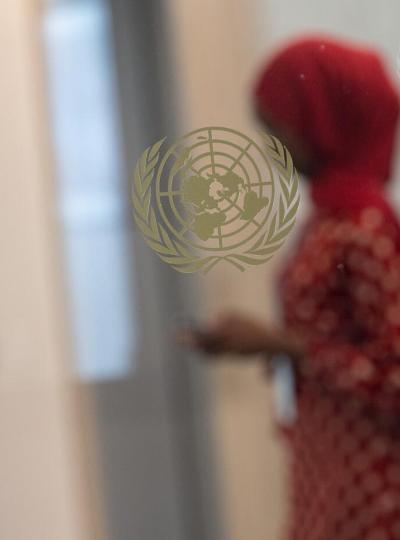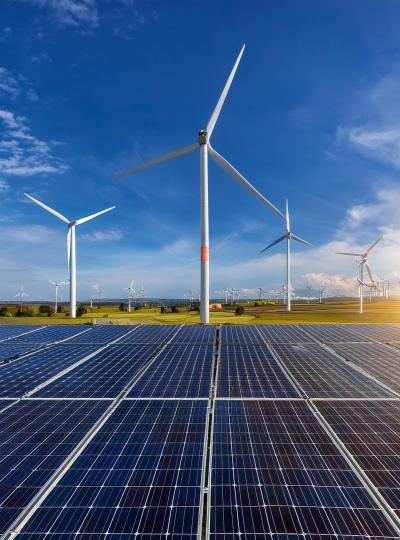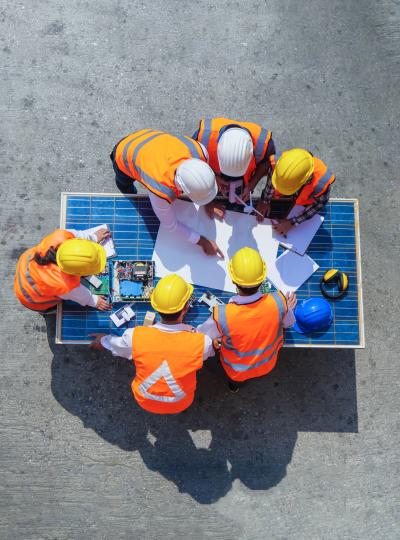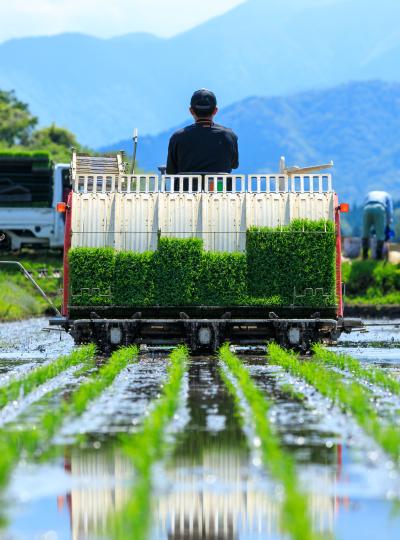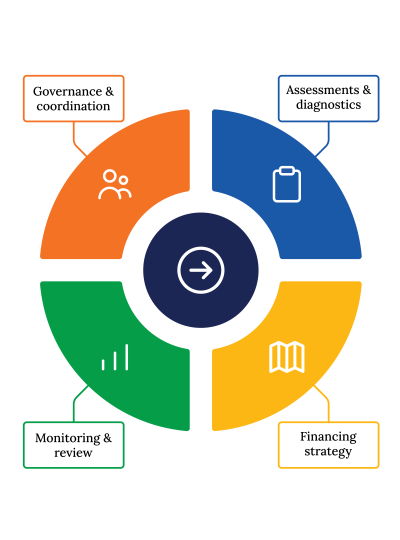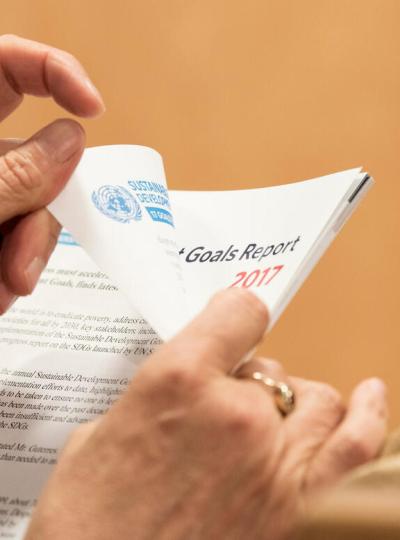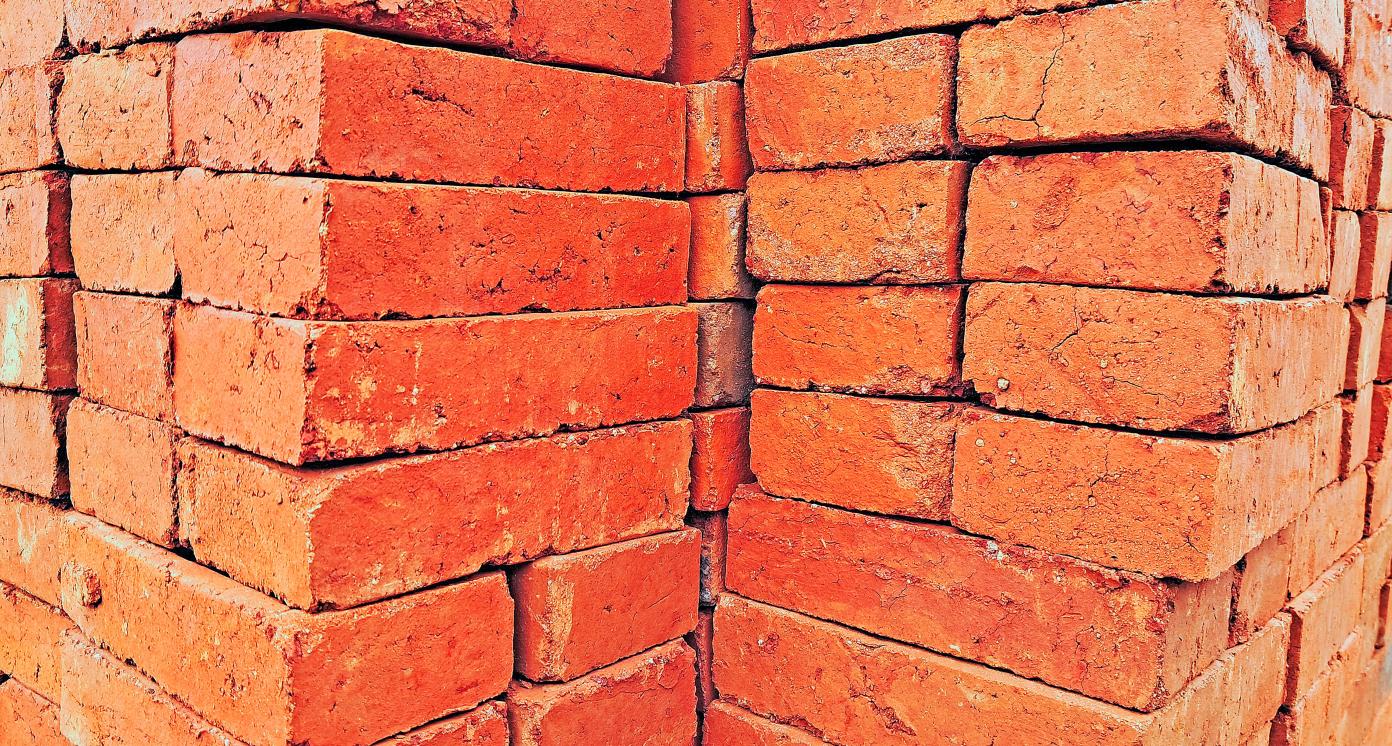Brick Making
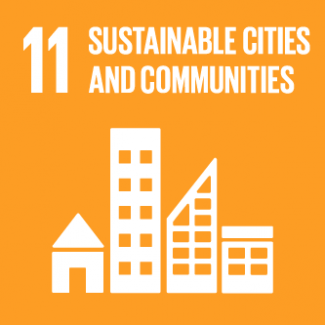
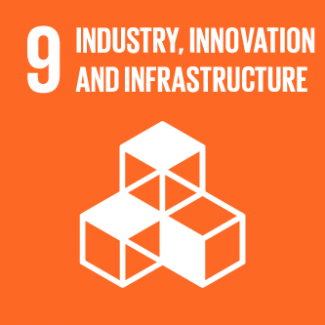
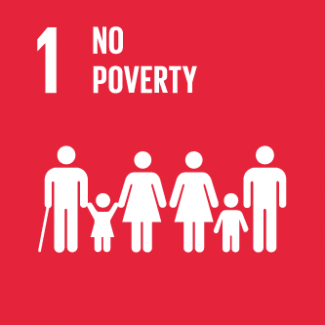
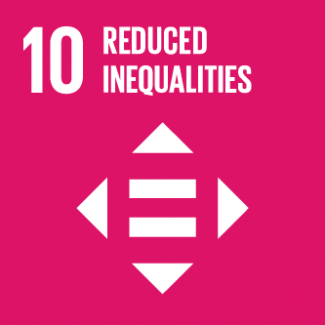
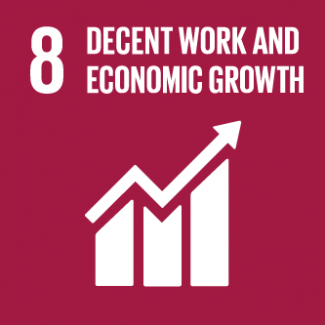
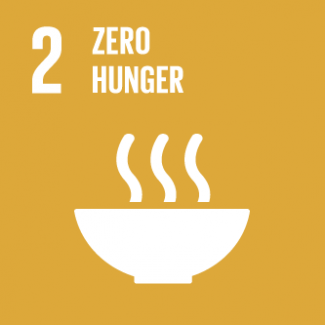
Business Model Description
Set up a plant for production of building and paving bricks using cement, and local inputs that include clay and sand for supply to the local market, spanning individual homeowners, institutions and industries.
Expected Impact
Create jobs, contribute to economic growth and empower women and children, particularly in the rural areas.
How is this information gathered?
Investment opportunities with potential to contribute to sustainable development are based on country-level SDG Investor Maps.
Disclaimer
UNDP, the Private Finance for the SDGs, and their affiliates (collectively “UNDP”) do not seek or solicit investment for programmes, projects, or opportunities described on this site (collectively “Programmes”) or any other Programmes, and nothing on this page should constitute a solicitation for investment. The actors listed on this site are not partners of UNDP, and their inclusion should not be construed as an endorsement or recommendation by UNDP for any relationship or investment.
The descriptions on this page are provided for informational purposes only. Only companies and enterprises that appear under the case study tab have been validated and vetted through UNDP programmes such as the Growth Stage Impact Ventures (GSIV), Business Call to Action (BCtA), or through other UN agencies. Even then, under no circumstances should their appearance on this website be construed as an endorsement for any relationship or investment. UNDP assumes no liability for investment losses directly or indirectly resulting from recommendations made, implied, or inferred by its research. Likewise, UNDP assumes no claim to investment gains directly or indirectly resulting from trading profits, investment management, or advisory fees obtained by following investment recommendations made, implied, or inferred by its research.
Investment involves risk, and all investments should be made with the supervision of a professional investment manager or advisor. The materials on the website are not an offer to sell or a solicitation of an offer to buy any investment, security, or commodity, nor shall any security be offered or sold to any person, in any jurisdiction in which such offer would be unlawful under the securities laws of such jurisdiction.
Country & Regions
- Lesotho: Maseru District
- Lesotho: Leribe District
- Lesotho: Butha-Buthe District
Sector Classification
Consumer Goods
Development need
Lesotho has challenges that hinder realisation of its mineral processing industry’s potential, involving insufficient knowledge of the country’s mineral resources endowment caused by inadequate geological mapping and mineral exploration activities (1).
Policy priority
Department of Geological Survey in Lesotho has been established to promote investment in resources sector by improving the exploration industry understanding of the geology of Lesotho and providing geoscientific data to potential investors (2).
Gender inequalities and marginalization issues
Inclusion of women into an environment previously dominated by men has also brought to light issues of sexual harassment, lack of adequate provision of sanitation facilities and inappropriate or ill-fitting personal protective equipment (4).
Investment opportunities introduction
Opportunities in the extractive sector include exploration and mining of diamonds, diamond polishing, sandstone and quarrying (6),
Key bottlenecks introduction
Rugged highlands covering three quarters of Lesotho’s land area pose a major challenge for road infrastructure development (5).
Consumer Discretionary Products
Development need
In spite its significant clay deposits that provide an opportunity to manufacture bricks, Lesotho still imports tonnes of building and paving bricks from South Africa estimated at 50% of the market share (8, 20).
Policy priority
Budget Speech 2023/24 focuses on enhancing productivity, promoting diversification and value chain development through use of improved technology and mechanization, especially in the agricultural and manufacturing sectors (7).
Gender inequalities and marginalization issues
Limited transport infrastructure, which is concentrated in lowlands, makes ferrying of building materials difficult and expensive, particularly to the remote mountainous areas, with implications for poor housing and regional inequalities (5).
Investment opportunities introduction
Significant clay deposits in Lesotho provide an opportunity to manufacture bricks and ceramic tiles for local and export markets (5).
Key bottlenecks introduction
Absence of quality infrastructure, particularly in the rural areas, restricts access to technology, upskilling, energy and the wider potential of investment and development (5).
Construction Materials
Pipeline Opportunity
Brick Making
Set up a plant for production of building and paving bricks using cement, and local inputs that include clay and sand for supply to the local market, spanning individual homeowners, institutions and industries.
Business Case
Market Size and Environment
USD 50 million - USD 100 million
National Accounts reports construction industry to have recovered and grown by 9.8% in 2021 from a slump between 2016 and 2020. Construction of residential houses is also booming (8, 9).
Demand for block concrete bricks, brick pavers and high strength cement in Lesotho is estimated at 240,000 tonnes per annum, and is expected to reach 387,400 tonnes by 2025. Cost of 1 tonne is estimated at USD 140 (1).
Indicative Return
15% - 20%
NTH Bricks, which was established in 2014 and produces around 890,000 units of different bricks per year, realized 15%-20% ROI supported by the burgeoning construction industry (8).
Investment Timeframe
Short Term (0–5 years)
Booming residential houses and bank mortgages are boosting brick making and accelerating recouping of investment to happen in the short term (8, 9).
Ticket Size
< USD 500,000
Market Risks & Scale Obstacles
Market - High Level of Competition
Market - Highly Regulated
Impact Case
Sustainable Development Need
In Lesotho, shortages of building materials deprive households decent housing, including causing project delays and cost overruns, which make housing expensive (10).
Gender & Marginalisation
In Lesotho, mud housing is uncommon in the urban area, but more common in the mountain cities, and there is almost no housing built of poor quality materials or scrap in the urban areas of Lesotho (11).
Expected Development Outcome
Brick making will contribute to availability of building materials, facilitate adequate and decent housing, including alleviating project delays and cost overruns in the construction industry.
Gender & Marginalisation
Brick making, particularly from locally sourced materials, will contribute to decent housing in the mountain areas and reduce housing inequalities between the urban and rural areas.
Primary SDGs addressed

11.1.1 Proportion of urban population living in informal, informal settlements or inadequate housing
According to Sustainable Development Report 2023, as at 2020, 25.6% of the population in Lesotho was living in slums (21).
"By 2030, ensure access for all to adequate, safe and affordable housing and basic services and upgrade slums (13)."

9.2.2 Manufacturing employment as a proportion of total employment
According to Labour Force Survey 2019, manufacturing employment was 12.6% as a proportion of total employment (25).
N/A

1.2.1 Proportion of population living below the national poverty line, by sex and age
Poverty headcount ratio at USD 3.65/day (2017 PPP) and 45.4% in 2023 (26).
Reduced by 50% by 2030 (5).
Secondary SDGs addressed



Directly impacted stakeholders
People
Gender inequality and/or marginalization
Planet
Corporates
Public sector
Indirectly impacted stakeholders
People
Gender inequality and/or marginalization
Planet
Corporates
Public sector
Outcome Risks
Brick making may continue to benefit the urban areas more than the rural areas and deepen exclusion and inequalities if infrastructural imbalances are not addressed.
Thematic analysis reveal that brick kilns have a negative impact on the environment, including soil damage, and can cause health problems for kiln workers and animals (15).
If brick fields are located near agricultural and residential land they can be responsible for loss of agricultural production, fish cultivation and local community’s health in the long term (22).
Impact Risks
Sustainable availability of clay and sand is critical for brick making and their extractive nature may result in their shortages in the future and undermine the sustainability of the investment.
Impact Classification
What
Brick making provides opportunities for investment, job creation and poverty reduction, particularly for unskilled labour.
Who
Brick making creates jobs for the unskilled labour and provides incomes, particularly for the rural households, and help reduce the urban 24.7% and rural 67.8% poverty divide (16).
Risk
Availability of brick raw materials may undermine sustainability of the investment and brick fields can affect agricultural and residential land, with implications for productivity and health.
Contribution
Brick making contributes to decent housing, job creation, economic growth and inclusive development.
How Much
Because everyone needs a decent shelter - both households and business - brick making benefits the whole population.
Impact Thesis
Create jobs, contribute to economic growth and empower women and children, particularly in the rural areas.
Enabling Environment
Policy Environment
National Strategic Development Plan (2018/19 - 2022/23 plans to review current construction permit system and automate all business processes for permit acquisition to facilitate and promote efficiency in the construction industry (5).
National Decentralisation Policy 2014 seeks to enhance local autonomy and increase citizens’ access to services, including better housing in the communities, thereby creating opportunities in the localities (17).
Financial Environment
Fiscal incentives: Manufacturing company income tax is 10% compared to the standard rate of 25% (24).
Regulatory Environment
Mines and Minerals Act No. 4 of 2005 requires mineral explorers to report quarterly on their work programs, and the Department of Geology also gives advice on applications for prospecting licences (3).
Town and Country Planning Act, 1980 aims to ensure orderly development of land in urban areas. It established planning boards, declared planning areas and set out procedures for the preparation of physical plans (18).
Environment Act, 2008 identifies types of projects and activities for which an environmental impact assessment is required, which include brick and earth ware manufacture (19).
Marketplace Participants
Private Sector
Construction firms, architects, individual labourers, hardware stores, transport owners, such as NTH Bricks, Maluti Cement & Concrete.
Government
Commissioner of Land, Department of Environment, Ministry of Natural Resources, Ministry of Local Government and Chieftainship Affairs, Ministry of Education and Training, Lesotho Housing and Land Development Corporation.
Multilaterals
Habitat, United Nations Capital Development Fund, World Bank, African Development Bank, United Nations Human Settlements Programme.
Non-Profit
Non-Profit: Lesotho Council of Non-Governmental Organizations.
Target Locations
Lesotho: Maseru District
Lesotho: Leribe District
Lesotho: Butha-Buthe District
References
- (1) Government of Lesotho, Lesotho Economic Roadmap, 2018/19 - 2022/23
- (2) Government of Lesotho, Geological Survey, 2018. http://www.mining.gov.ls/?page_id=12
- (3) Government of Lesotho, Mines and Minerals Act No. 4 of 2005
- (4) International Labour Organization, Women in mining Towards gender equality, 2019. https://www.ilo.org/sector/Resources/publications/WCMS_821061/lang--en/index.htm
- (5) National Strategic Development Plan (2018/19 - 2022/23) - Governmenet of Lesotho
- (6) Lesotho National Development Corporation. https://www.lndc.org.ls/content/mining-journey-value-and-diversification
- (7) Government of Lesotho, Budget Speech 2023/24
- (8) Government of Lesotho, Annual National Accounts, 2021
- (9) SDG Investor Map NTH Brick Stakeholder Consultations, October 2023
- (10) Kapelo Phakoa & Christopher Amoah, Factors Contributing to Project Cost and Time Overruns in Lesotho Construction Industry, 2019
- (11) Lesotho Housing Profile - United Nations Human Settlements Programme, 2015
- (12) World Bank, Measuring Rural Access: Update, 2019
- (13) United Nations, Global indicator framework for the Sustainable Development Goals and targets of the 2030 Agenda for Sustainable Development - https://unstats.un.org/sdgs/indicators/Global%20Indicator%20Framework%20after%202023%20refinement_Eng.pdf
- (14) Environmental Sciences; Health Care Sciences & Services,Impacts of Brick Making on Environment, 2021
- (15) Asha Budharam Madavi, Environmental Impact of Bricks Making Process in Umbraj and Masur Area
- (16) Government Lesotho, Lesotho Poverty Trends and Profile, 2019
- (17) Government of Lesotho, Decentraliztion Policy 2014
- (18) Government of Lesotho, Town and Country Planning Act, 1980
- (19) SDG Investor Map Stakeholder Validation Workshop 2023
- (20) Maluti Cement and Concrete SDG Invetor Map Stakeholder Consultation 2023
- (21) Cambridge University Press, Sustainable Development Report, 2023
- (22) Effects of Brick Industry on Social Economy And Environment - Journal of Emerging Technologies and Innovative Research - 2018. https://www.jetir.org/papers/JETIR1811417.pdf
- (23) Monaheng Masheane, et al, Physico-Chemical Characteristics of Some Lesotho's Clays and Their Assessment for Suitability in Ceramics Production, 2018. https://www.researchgate.net/figure/Lesothos-map-showing-the-location-of-clay-deposits_fig1_307571092#:~:text=There%20are%20extensive%20clay%20deposits,and%20(5)%20everywhere%20along%20the
- (24) Revenue Services Lesotho. https://www.rsl.org.ls/tax-rates
- (25) Government of Lesotho, Lesotho Labour Force Survey, 2019
- (26) United Nations, Sustainable Development Report 2023 - Lesotho Score Card


